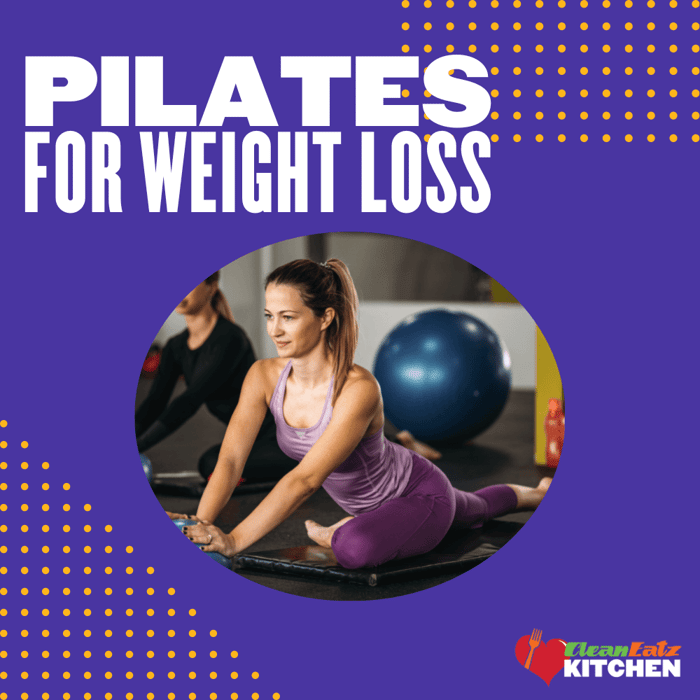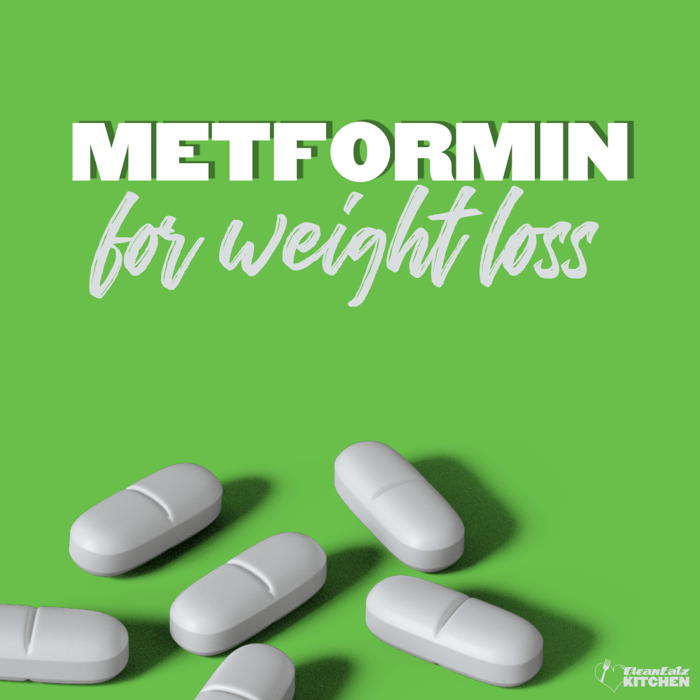Is Pilates Good for Weight Loss? What You Need to Know

Jason Nista
Exercises & Fitness
|
Weight Loss
12/15/2025 7:50am
6 minute read
Quick Answer: Pilates can support weight loss, but it's not the fastest way to burn calories. A typical session burns 175-400 calories depending on the style. Where Pilates really shines is building lean muscle, improving posture, and strengthening your core—all of which can help your body look leaner and move better. For significant weight loss, combine Pilates with cardio, strength training, and a calorie-controlled diet.
In This Article:
The Honest Answer About Pilates and Weight Loss
Here's the truth: Pilates alone probably won't transform your body composition dramatically. If your primary goal is weight loss, there are more efficient ways to burn calories.
But that doesn't mean Pilates isn't valuable—it absolutely is. It's just not a high-calorie-burning workout.
Think of Pilates as one tool in your fitness toolbox. It excels at building core strength, improving posture, increasing flexibility, and creating body awareness. These benefits can make your other workouts more effective and help you move better in daily life.
The people who see the best results from Pilates for weight loss are typically those who:
- Combine it with other forms of exercise (especially cardio and strength training)
- Pair their workouts with a calorie-controlled diet
- Use the strength and mobility gains from Pilates to increase overall daily activity
For a complete breakdown of how different exercises contribute to weight loss, check out our Complete Exercise Guide for Weight Loss.
How Many Calories Does Pilates Actually Burn?
Let's look at the numbers. Calorie burn varies based on your body weight, the intensity of the class, and the type of Pilates you're doing:
| Activity | Calories/Hour (150 lb person) |
|---|---|
| Mat Pilates (beginner) | 175-200 |
| Mat Pilates (advanced) | 250-300 |
| Reformer Pilates | 250-400 |
| Brisk Walking (4 mph) | 300-400 |
| Running (6 mph) | 500-700 |
| Strength Training | 250-400 |
As you can see, a brisk walk actually burns more calories than most Pilates sessions. That's not a knock on Pilates—it's just reality. Pilates wasn't designed to be a cardio workout.
The takeaway? Don't rely on Pilates as your only form of exercise if weight loss is your goal. Use it to complement higher-calorie-burning activities.
The Real Benefits of Pilates for Your Body
Where Pilates genuinely delivers:
Core strength: Pilates builds deep core muscles that support your spine and improve stability. A stronger core makes nearly every other exercise more effective—from running to lifting weights.
Posture improvement: Better posture can make you look leaner instantly. Standing taller elongates your silhouette, and proper alignment helps your clothes fit better.
Muscle tone: While Pilates won't build significant muscle mass, it does create lean, toned muscles—particularly in your core, glutes, and thighs.
Flexibility and mobility: Increased range of motion means you can exercise more effectively and reduce injury risk.
Body awareness: Pilates teaches you to tune into your body. This mindfulness often translates to better movement throughout the day and can help with portion awareness at meals.
Low impact: It's joint-friendly, making it ideal for recovery days or for people who can't do high-impact exercise.
Types of Pilates (Quick Overview)
All Pilates styles offer similar benefits—choose based on availability, budget, and what you enjoy:
Mat Pilates: Done on a padded mat using bodyweight. Most accessible and affordable. Great starting point for beginners.
Reformer Pilates: Uses a sliding carriage with springs for resistance. More challenging and burns more calories. Requires studio access or expensive equipment.
Chair Pilates: Compact equipment with springs and pedals. Good for targeting legs and core with added resistance.
Barre Pilates: Combines Pilates with ballet-inspired movements. Often more cardio-intensive than traditional Pilates.
The best type of Pilates is the one you'll actually do consistently. If you love the workout, you'll stick with it.
The Best Approach for Weight Loss
If you want to use Pilates as part of a weight loss plan, here's a realistic weekly structure:
Pilates: 2-3 sessions per week (45-60 minutes each)
Cardio: 150-300 minutes per week of moderate activity (walking, cycling, swimming)—this is where most of your calorie burn will come from
Strength training: 2 sessions per week to preserve muscle mass during weight loss
Daily movement: Aim for 7,000-10,000 steps throughout the day
But here's what matters most: your diet drives the deficit.
You can't out-exercise a poor diet. If you're burning 200 calories in Pilates and then eating 500 extra calories afterward, you're moving backward. The most effective weight loss plans combine exercise with strategic nutrition.
Research consistently shows that people who pair exercise with calorie-controlled eating see significantly better results than those who focus on either alone. For more on how to balance calories burned with calories consumed, see our complete guide.
The Bottom Line
Pilates is excellent for what it's designed to do: build core strength, improve posture, increase flexibility, and create body awareness. It can absolutely be part of an effective weight loss plan.
But on its own? It's not a weight loss solution. The calorie burn is modest, and significant fat loss requires a bigger energy deficit than most Pilates sessions provide.
Use Pilates as one component of a well-rounded fitness routine. Combine it with cardio for calorie burn, strength training for muscle preservation, and smart nutrition to drive the deficit. That's the formula that actually works.
Need help with the nutrition side? Our Weight Loss Meal Plan delivers portion-controlled, calorie-balanced meals so you can focus on your workouts without stressing about what to eat. Or build your own meal plan with exactly the meals you want.
Frequently Asked Questions
Is Pilates good for weight loss?
Pilates can support weight loss, but it's not the most efficient calorie burner. Its real value comes from building lean muscle, improving posture, and increasing body awareness. For significant weight loss, combine it with cardio and nutrition changes.
How many calories does Pilates burn?
Mat Pilates burns roughly 175-250 calories per hour. Reformer Pilates can burn 250-400 calories per hour. This is less than brisk walking (300-400 cal/hr) or running (500-700 cal/hr).
How often should I do Pilates for weight loss?
Aim for 2-3 sessions per week, combined with cardio and strength training. Pilates alone won't create a significant enough calorie deficit for most people.
Is Pilates better than yoga for weight loss?
Neither is significantly better for pure calorie burning—both burn similar amounts. Pilates focuses more on core strength; yoga emphasizes flexibility and mindfulness. Choose whichever you'll do consistently.
What should I combine with Pilates for faster weight loss?
Add cardio (walking, cycling, swimming) for increased calorie burn and strength training to preserve muscle. Most importantly, pair exercise with a calorie-controlled diet. For complete exercise recommendations, see our Complete Exercise Guide for Weight Loss.
Related Articles
What Foods Are Good for Weight Loss?
4 minute read



